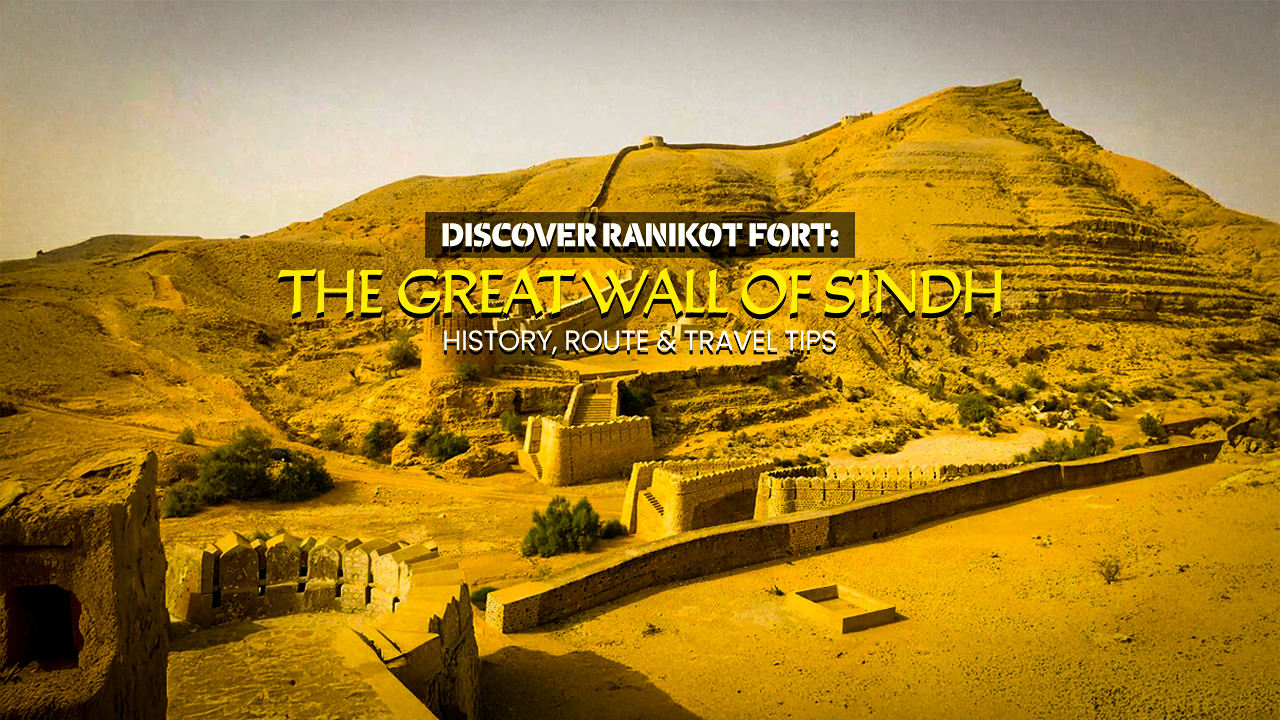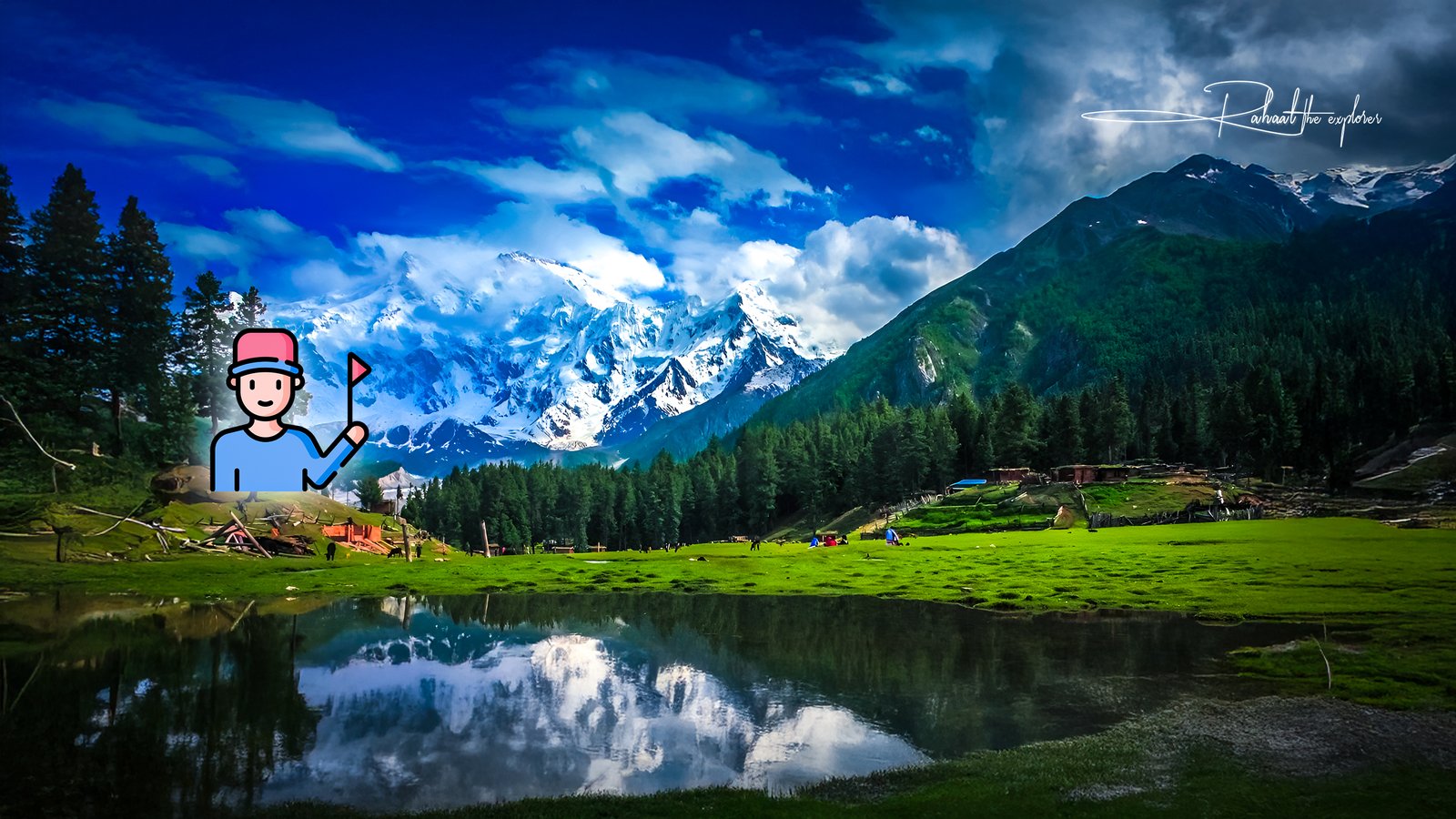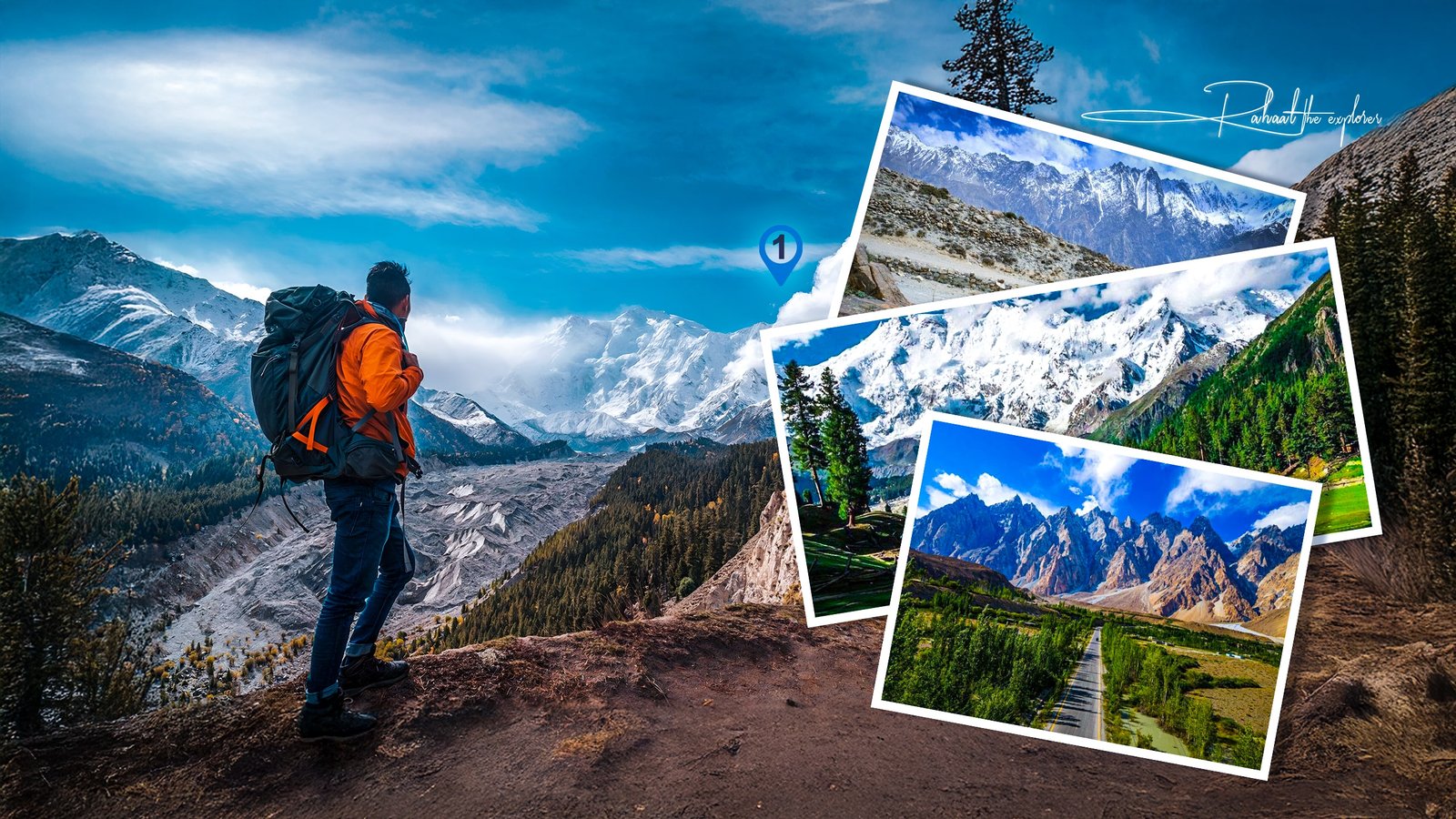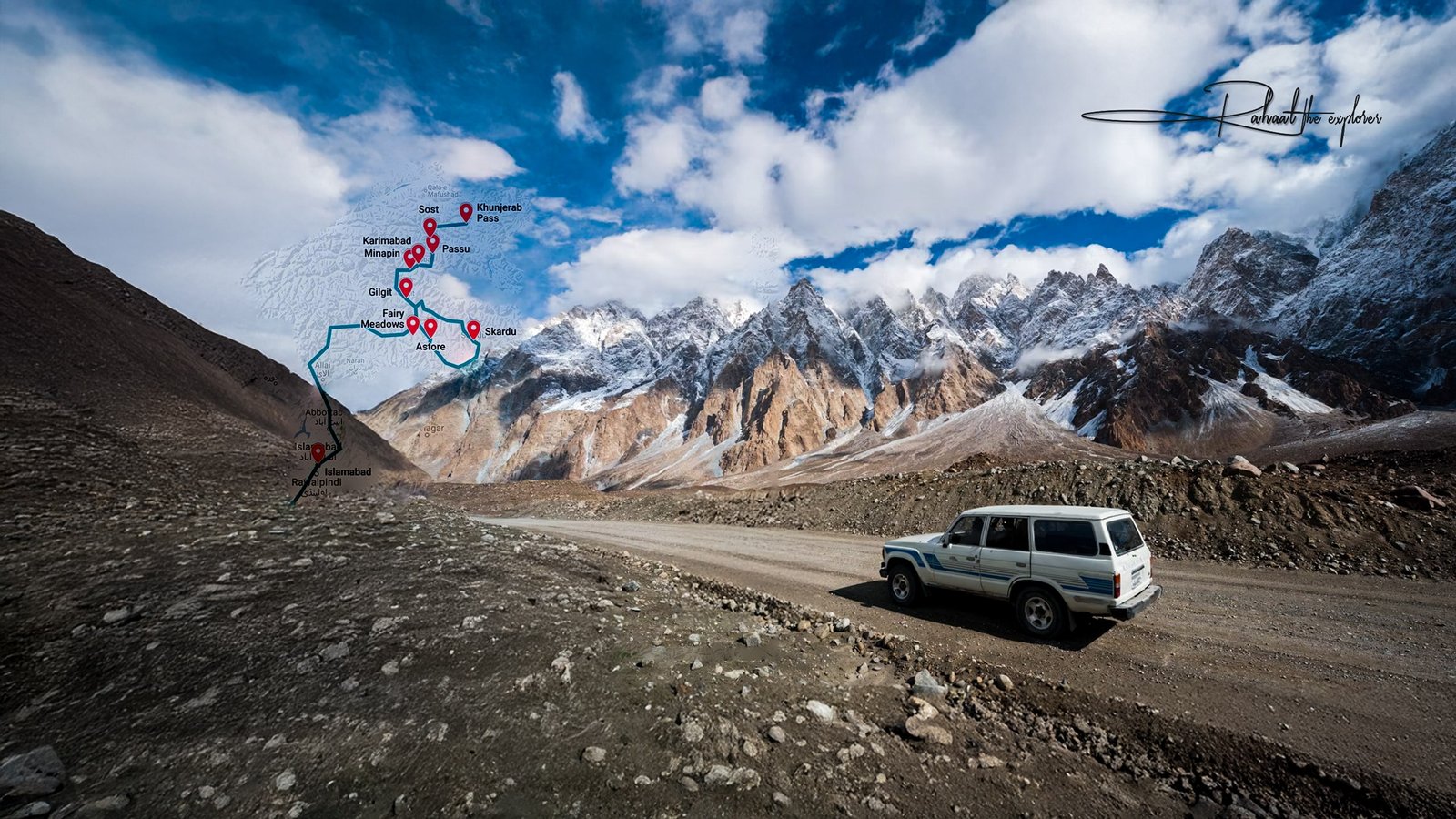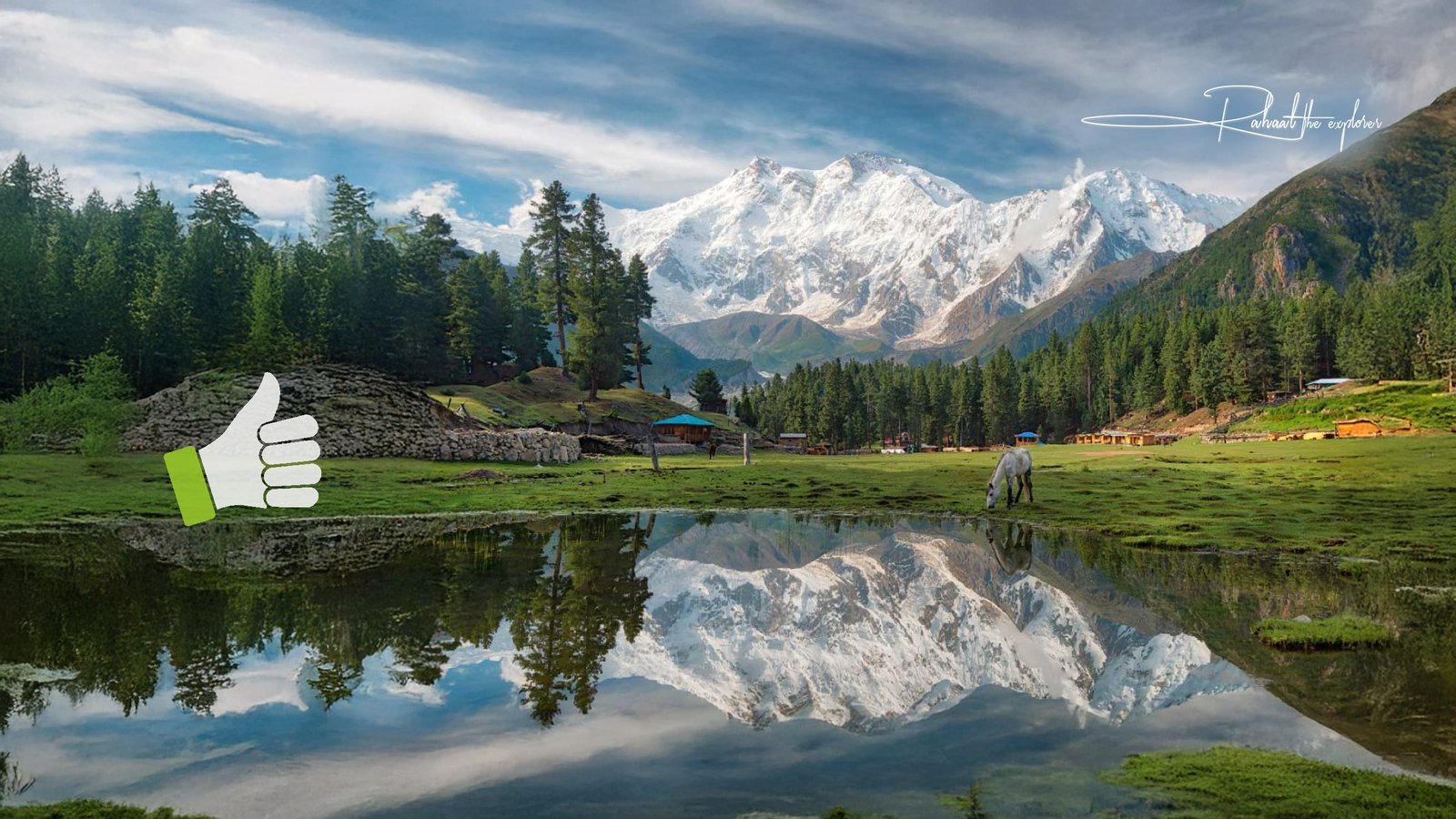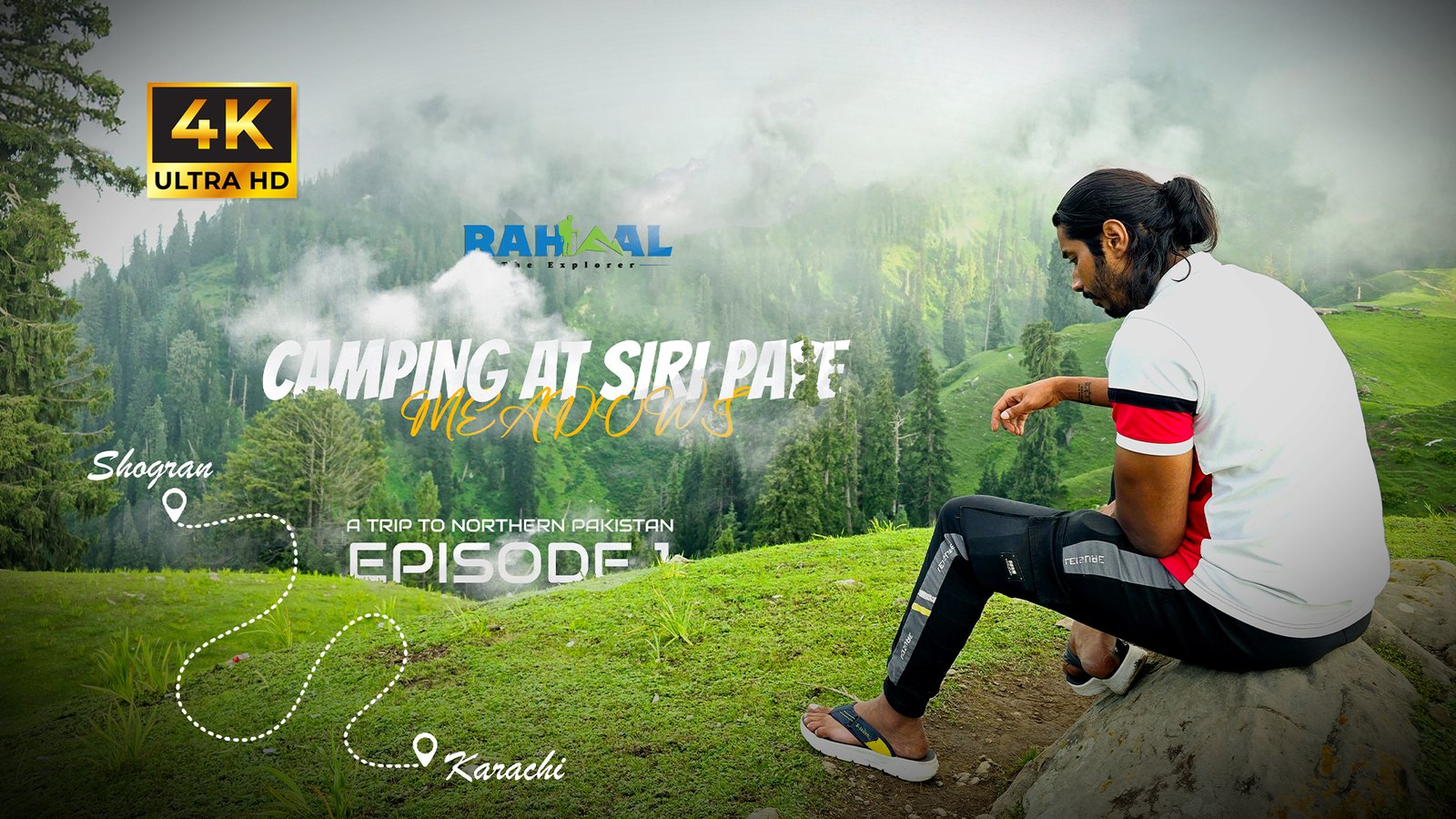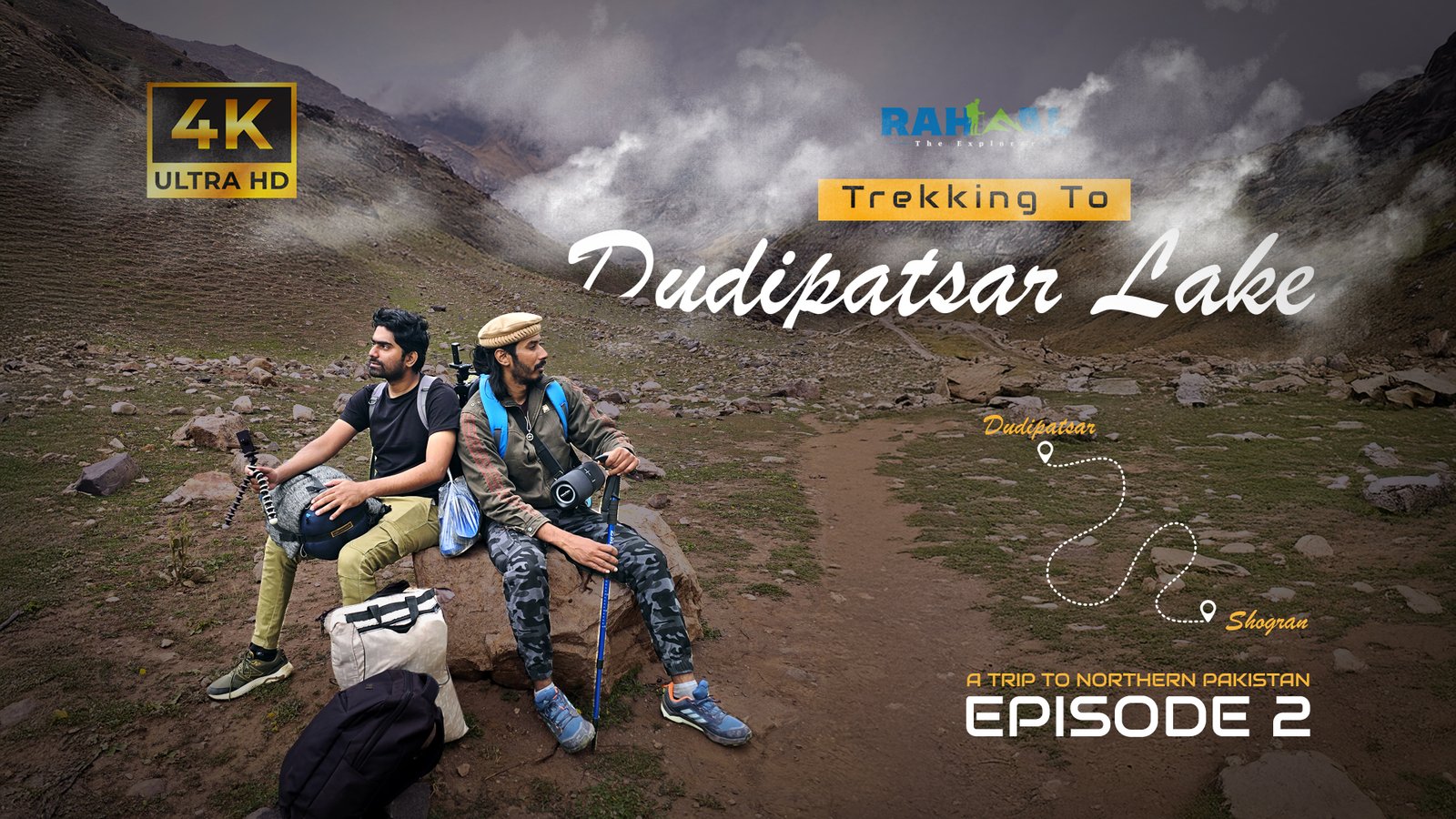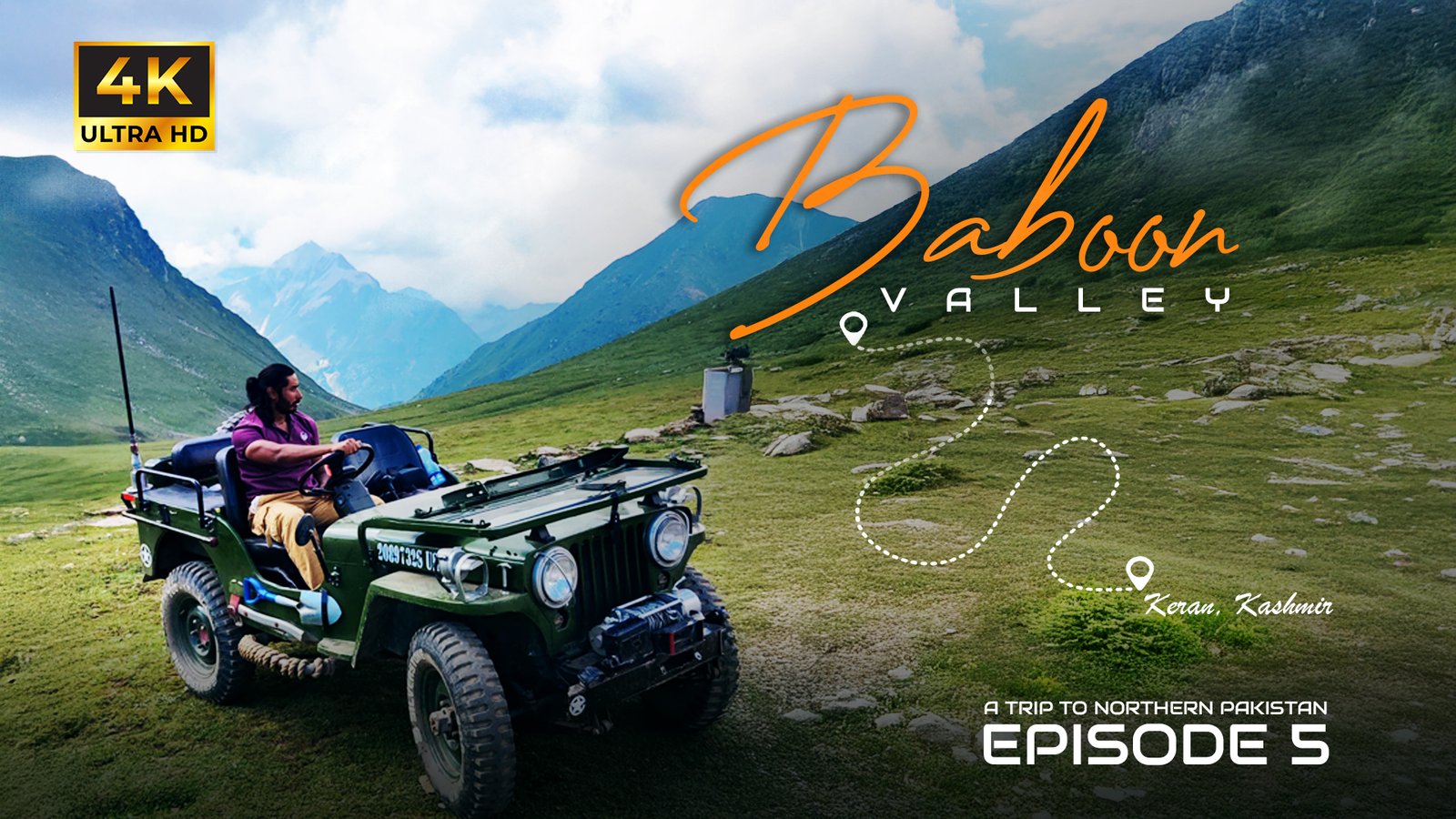Introduction: The Hidden Wonder of Sindh
Far away from the chaos of Karachi lies a breathtaking fortress stretching across the rugged Kirthar Range — Ranikot Fort, famously known as The Great Wall of Sindh. Often overlooked by mainstream tourism, this ancient marvel is one of the largest forts in the world, with a boundary wall that winds across barren hills like a mythical dragon guarding secrets of centuries past.
For adventure lovers, photographers, and history seekers, a road trip to Ranikot is more than a journey — it’s a time travel through Sindh’s glorious heritage.
The History of Ranikot Fort
The exact origin of Ranikot Fort is still wrapped in mystery. Some historians believe it dates back to the Sassanian Empire (around 2nd century AD), while others suggest it was rebuilt during the Talpur dynasty in the 17th century.
The fort’s name — “Ranikot” — is said to mean The Fort of the Queen. Legends connect it with various rulers who used it as a defensive barrier and royal residence.
The fort’s structure reveals layers of ancient Sindhi, Persian, and Islamic architectural influences, making it a rare historical treasure in Pakistan.
Interesting Fact:
Ranikot’s outer wall stretches over 32 kilometers (20 miles) — nearly as long as China’s Great Wall — earning it the nickname The Great Wall of Sindh.
Location and Geography
Ranikot Fort is located near Sann, a small town in Jamshoro District, Sindh, approximately 90 km north of Hyderabad and around 260 km from Karachi.
The fort lies within the Kirthar National Park, surrounded by rocky mountains, dry riverbeds, and rolling hills that make the landscape both harsh and beautiful.
Coordinates: 26°08′N 67°56′E
Elevation: Around 450 meters (1,480 ft) above sea level
How to Reach Ranikot Fort from Karachi
Route Details
Route 1 (Recommended):
- Start from Karachi → Super Highway (M-9)
- Exit towards Sann via Indus Highway (N-55)
- Drive towards Meeri Gate, the main entry to Ranikot Fort
Total travel time: ~4 to 5 hours
Distance: Around 260 km
Fuel & Rest Stops: Available at Hyderabad and Jamshoro
Vehicle Recommendation:
- A 4x4 vehicle or SUV is ideal, as the final stretch from Sann to the fort (approx. 20 km) is off-road.
- If you’re traveling in a sedan, park near the entrance and hike up to the inner fort area.
Exploring the Structure of Ranikot Fort
Ranikot is divided into several key sections, each worth exploring:
1. Sann Gate (Main Entrance)
The most well-preserved and commonly used entrance for visitors. Its arched gateway opens up to a breathtaking view of the fort walls stretching across the hills.
2. Meeri Fort
Located inside Ranikot, this smaller fort served as a royal residence for the Talpur rulers. It sits on a hilltop, offering panoramic views of the surrounding valley — perfect for sunrise or drone shots.
3. Shergarh Fort
High up on a steep mountain lies Shergarh Fort, once a lookout post and defensive stronghold. The climb is tough but rewarding — you’ll be treated to an aerial view of the Great Wall–like structure encircling the landscape.
4. Parian Gate and Amri Gate
These lesser-known entrances are harder to access but equally fascinating for explorers who love trekking.
Best Time to Visit Ranikot Fort
- Ideal Months: November to March
- Avoid: May to August (extreme heat up to 45°C)
Pro Tip: Visit early morning or around sunset for the best lighting and cooler weather — especially if you’re into photography.
Things to Do at Ranikot Fort
1. Explore the Walls
Walk along the gigantic fort walls to truly understand why it’s called The Great Wall of Sindh. Each curve reveals new textures, shadows, and scenic views.
2. Photography & Drone Shots
The golden hour light transforms Ranikot into a cinematic landscape. Bring your drone for epic wide-angle footage — but always check local permissions.
3. Camping & Bonfire
Many adventurers camp near the Meeri Fort area. The silence of the desert night under a sky full of stars is an unforgettable experience.
4. Trekking
You can hike from the base of Sann Gate to Shergarh Fort — a moderately challenging trail that takes around 1.5 hours.
5. Explore Local Culture
Stop by Sann village to meet friendly locals and taste traditional Sindhi food like Sai Bhaji and Sindhi Biryani.
Entry Fees & Facilities
Entry Fee: Free (as of latest reports, though donations for maintenance are encouraged)
Timings: Open from sunrise to sunset
Facilities:
- Parking area near Sann Gate
- Small tea stalls nearby
- Rest houses and guest houses available in Jamshoro or Hyderabad
Note: There are no hotels or restaurants inside the fort area, so carry water and food.
Travel Tips by Rahaal The Explorer
- Carry enough water – the terrain is dry and hot even in winter.
- Wear sturdy shoes for climbing rocky sections.
- Use sunscreen and hats to avoid sunburn.
- Start early morning to avoid heat and crowds.
- Travel in a group if possible for safety.
Cultural & Historical Significance
Ranikot Fort stands as a symbol of Sindh’s resilience and architectural genius. Over the centuries, it has seen empires rise and fall, from Persians to Mughals, and later the Talpurs who restored its structure.
For archaeologists and historians, the fort offers valuable insight into Sindhi defense systems and strategic trade routes that once linked Sindh to Persia and Central Asia.
Top Photography Spots
- Sann Gate (for wide wall shots)
- Meeri Fort hilltop (sunrise view)
- Shergarh Fort (aerial perspectives)
- The curved outer wall (best drone panorama)
- Valley between Meeri and Shergarh (golden hour shots)
Nearby Attractions to Visit
If you have more time, combine your Ranikot trip with nearby destinations:
- Gorakh Hill Station – Sindh’s only hill station
- Kirthar National Park – Wildlife and safari adventure
- Sehwan Sharif – Spiritual visit to Lal Shahbaz Qalandar’s shrine
The Great Wall of Sindh: A Symbol of Heritage
Ranikot Fort isn’t just a tourist attraction — it’s a living reminder of Sindh’s glorious past. The sheer scale of its walls, the mysteries of its origins, and the beauty of its surroundings make it one of Pakistan’s most underrated travel destinations.
Whether you’re an explorer, photographer, or storyteller, Ranikot offers the perfect mix of history, adventure, and wonder.
FAQs About Ranikot Fort (The Great Wall of Sindh)
Q1: Why is Ranikot Fort called the Great Wall of Sindh?
Because of its massive 32 km-long wall that resembles China’s Great Wall in scale and design.
Q2: How far is Ranikot Fort from Karachi?
Approximately 260 kilometers, taking around 4–5 hours by car via the Indus Highway.
Q3: Is Ranikot Fort safe for tourists?
Yes, it’s generally safe for tourists. However, travel in daylight and preferably in groups.
Q4: What is the best time to visit Ranikot Fort?
Between November and March, when the weather is cool and pleasant.
Q5: Can I camp inside Ranikot Fort?
Yes, camping is allowed near Meeri Fort or designated flat areas, but bring your own gear and stay eco-friendly.
Q6: Are there any guides available at the fort?
Local guides from Sann are available for a small fee; they can share historical stories and show secret paths.
Q7: What should I bring for a Ranikot trip?
Water, snacks, sunscreen, hat, power bank, flashlight, and a camera are essential.
🔖 Conclusion: Explore the Great Wall of Sindh with Rahaal The Explorer
Ranikot Fort is a masterpiece hidden in Sindh’s rugged heart — a blend of mystery, history, and raw natural beauty.
Whether you’re on a weekend escape from Karachi or a traveler chasing heritage trails, this fort promises an unforgettable journey.
So pack your bags, fuel up, and let Rahaal The Explorer guide you to the Great Wall of Sindh — a place where every stone whispers tales from centuries past.


